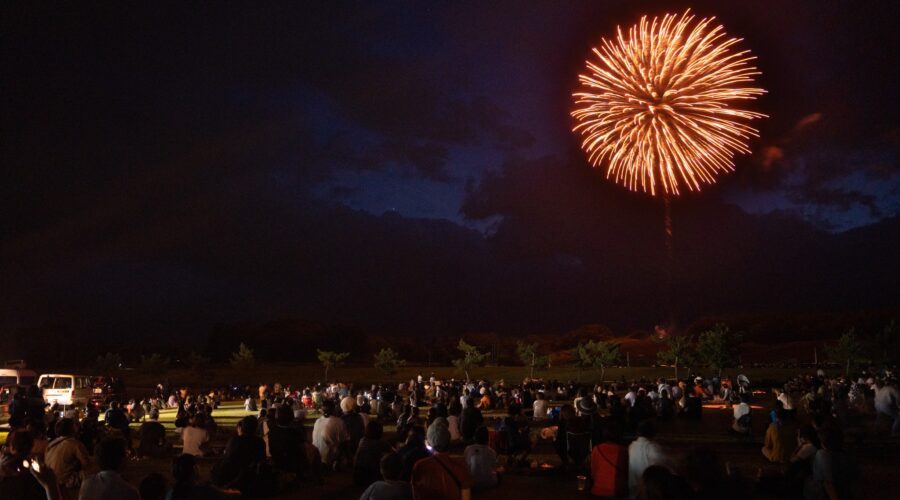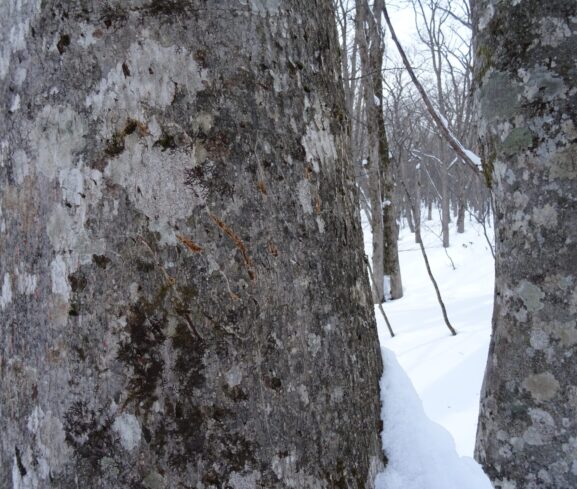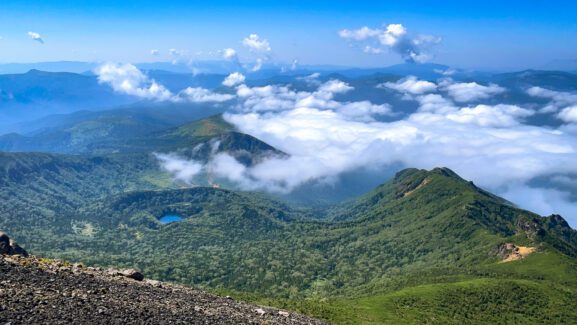Base Hachimantai: Tohoku’s Summer Festivals
Located in the heart of Northern Tohoku, Hachimantai is the perfect base to explore this region’s stunning scenery, centuries-old traditions and delicious food. By making Hachimantai your base, you don’t have to worry about multiple hotel bookings and transfers. With a range of accommodation options across the city to suit all tastes and budgets, simply unpack once in Hachimantai.
In Tohoku, summer equals festivals or “matsuri”, and while traditional festivals are held up and down the Japanese archipelago all year round, something about Tohoku’s summer festivals sets them apart. Maybe it’s the short northern summer that encourages people to fully embrace this time of year. Maybe it’s the region’s enduring folk culture, so intrinsically linked to agriculture and fishing industries and the hope for a plentiful harvest. No one is quite sure why the festivals here are bigger and bolder than those further south or why they so effectively capture the hearts and minds of visitors and locals alike but one thing is for sure – in Tohoku they know how to matsuri!
What’s more, the concentration of major festivals in the first week of August means you can visit several in one trip from your base in Hachimantai. So don’t forget to pack your yukata (summer kimono) – it’s festival time!
Morioka Sansa Matsuri
1st-4th August
In Iwate Prefecture’s largest festival, groups from across the region, including several based in Hachimantai City, gather and dance sansa odori through Morioka’s streets in sync to traditional taiko drums and flutes. The event is even listed in the Guinness Book of World Records for the largest taiko drumming performance in the world. After the parade each evening, there is an opportunity for audience members to join in, dancing in large circles.
Getting there:
- By car: approx. 40 minutes’ drive along the Tohoku Expressway
- By train: approx. 40 minutes by JR Hanawa Line train
Aomori Nebuta Matsuri
2nd-7th August
One of the most iconic festivals in Japan, the festivities center around massive human-powered paper floats, called nebuta, that are paraded through the streets. Like giant paper lanterns, the festival floats often depict gods or the heroes of local legends and are beautiful works of art in their own right.
The floats are accompanied by traditional drums, flutes, hand cymbals and dancing. Visitors can also join the parade as long as they have the correct haneto costume which can be purchased or rented locally. More information on participating in the festival can be found here.
- By car: approx. 2 hours’ drive along the Tohoku Expressway
- By train: approx. 2 hours by JR Hanawa Line train and Tohoku Shinkansen (bullet train)
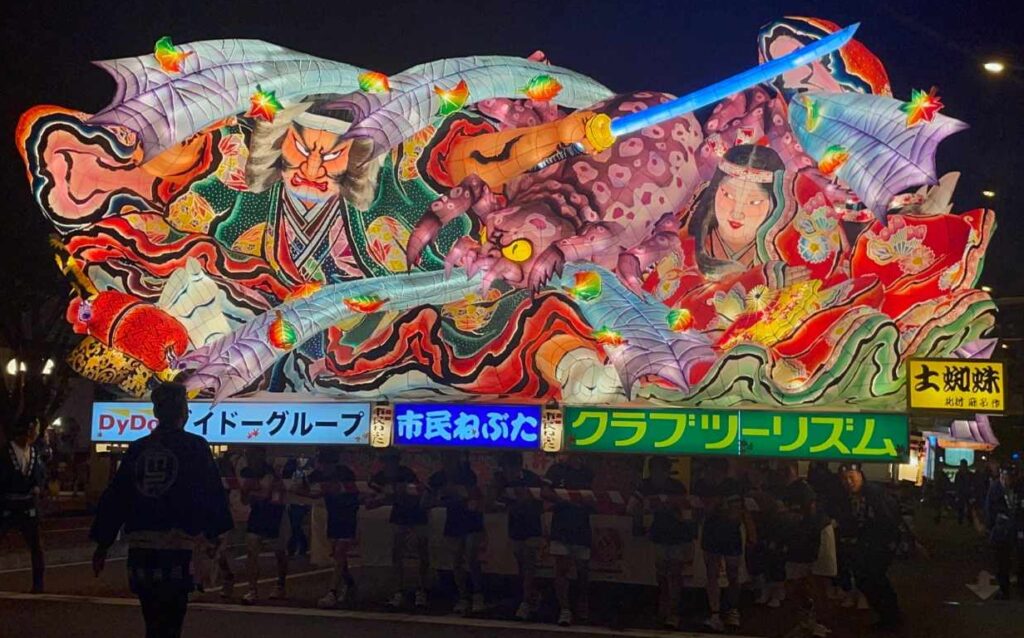
Akita Kanto Matsuri
3rd-6th August
Twelve-meter-high bamboo poles decorated with 46 candle-lit paper lanterns, which give the festival its name, are paraded through the streets to the sounds of flutes and drums. Parade participants balance these towers of light on only their hips, shoulders or foreheads, a challenging feat given they can weigh up to 50 kilograms! The festival’s purpose is to pray for a plentiful grain harvest and is believed to date back to the 17th century.
Getting there:
- By car: approx. 2 hours and 30 minutes’ drive along the Tohoku Expressway and National Route 46
- By train: approx. 2 hours by JR Hanawa Line train and Akita Shinkansen (bullet train)
Sendai Tanabata Matsuri
6th-8th August
While Tanabata or the star festival is celebrated in early July across most of Japan, in Sendai the action takes place in the first week of August, when long, colorful streamers decorate the city’s shopping arcades.
With its origins in a Chinese legend, the festival celebrates the annual meeting of star-crossed lovers, Orihime and Hikoboshi, who are separated by the Milky Way for the rest of the year. Throughout Japan, people write their wishes on paper streamers, but in Sendai this custom takes on a new dimension with the colorful decorations taking over the city during the festival.
- By car: approx. 2 hours’ drive along the Tohoku Expressway
- By train: approx. 1 hour and 30 minutes by JR Hanawa Line train and Tohoku Shinkansen (bullet train)
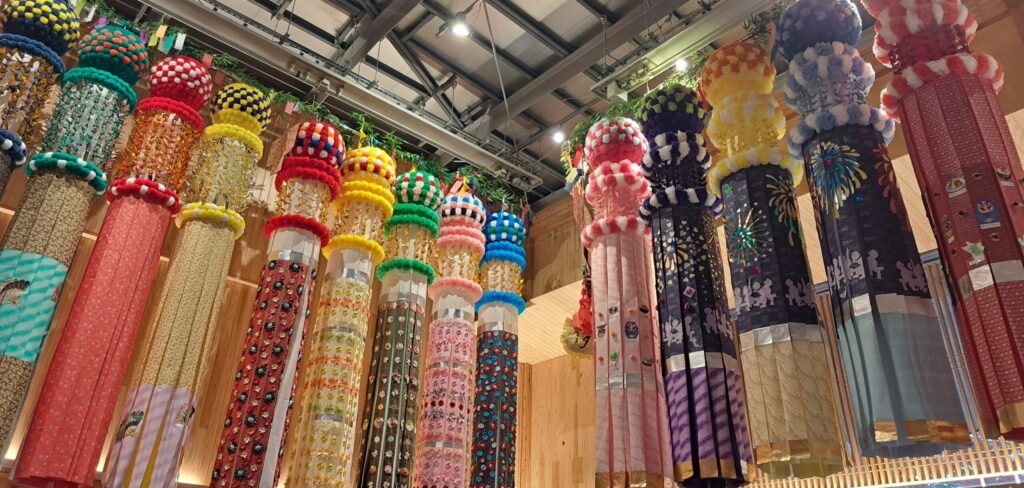
Back at base
With most of the festivities taking place in the evening, your days are free to enjoy Hachimantai’s many attractions. Hike through glorious natural scenery, relax in a hidden onsen (hot spring), or enjoy fresh produce straight from the source – there’s plenty to do in Hachimantai.
For more ideas on what to see and do in Hachimantai in summer, check out our insider guide.
With several smaller festivals and events taking place locally throughout the summer season, it’s worth asking at your accommodation about what’s on. Whether it’s a summer fireworks display or religious ritual to pray for a bountiful harvest, these events are a great way to experience the local culture and way of life.
Renting a car
Having your own wheels will allow you to wander off the beaten path and go at your own pace. Many visitors to Hachimantai rent a car from Morioka Station where several rental car companies have offices. Most have English-speaking staff and can also switch the in-car navigation systems to English for you.
- Four scenic driving routes to explore in Hachimantai: https://trip8.jp/2024/04/04/19849/
- Things to know when renting a car: https://www.japan.travel/en/plan/getting-around/cars/
- Discounted expressway passes for foreign visitors: https://en.driveplaza.com/drawari/tohoku_expass/
*Please note that Hachimantai City covers a large area and travel times vary depending on your final destination. The travel times given above are intended as a guide only.
All information listed was confirmed at the time of publication. No responsibility is taken for changes made by third parties after this time.

